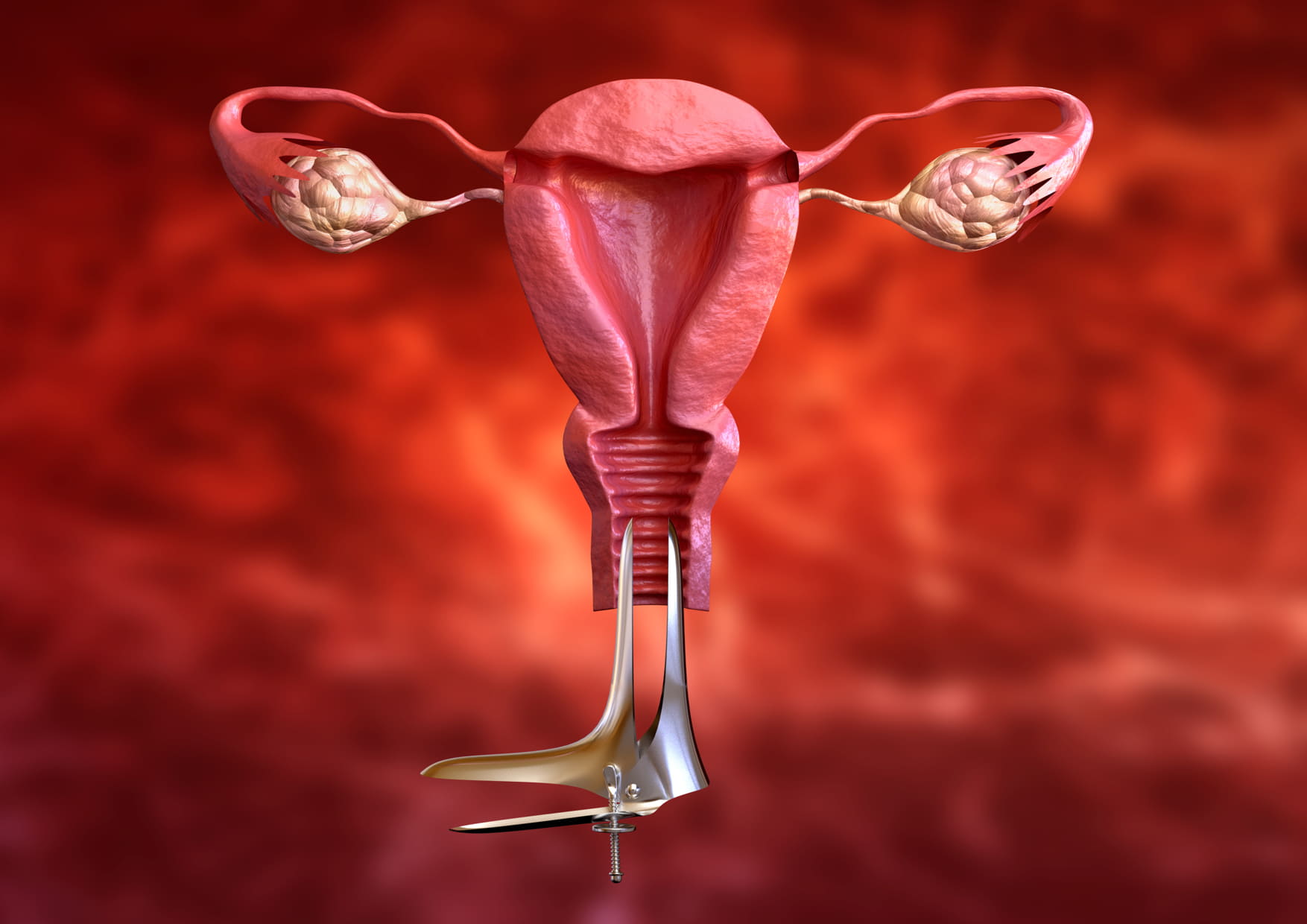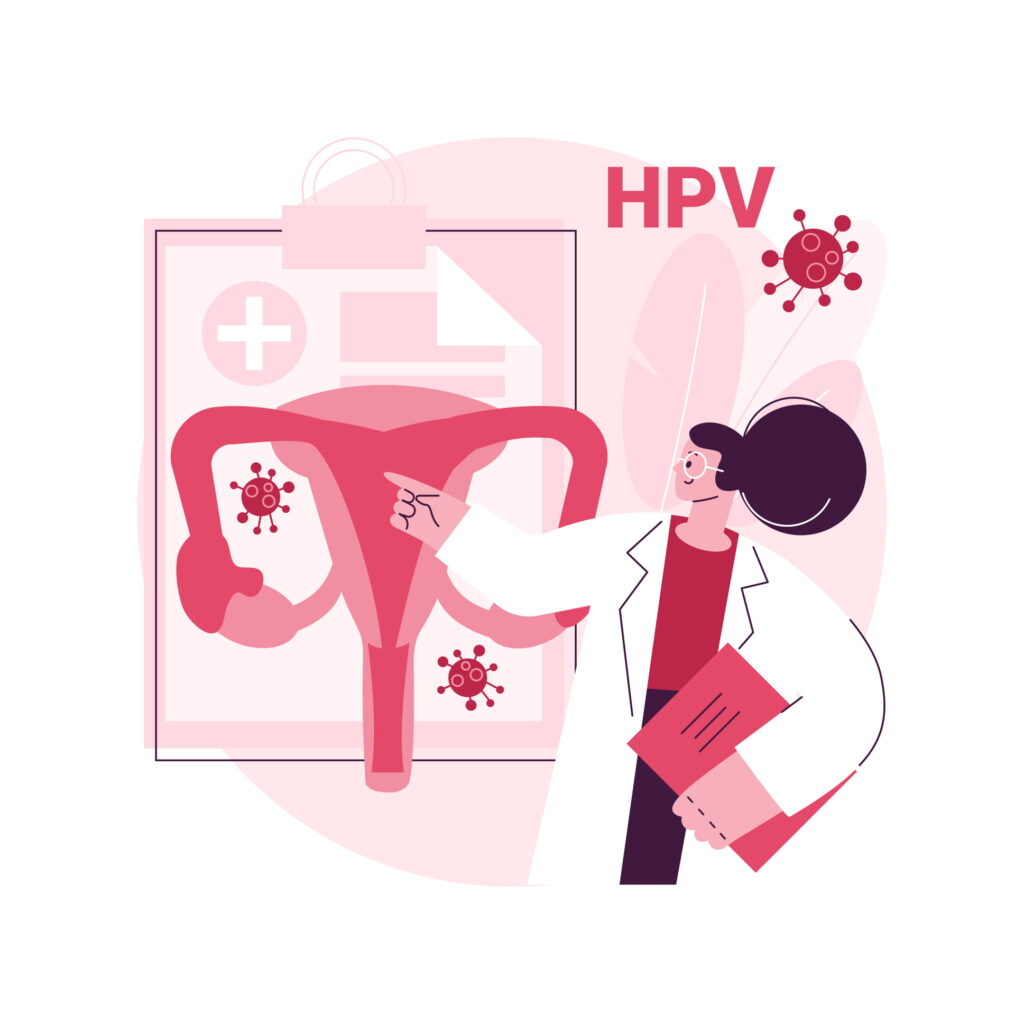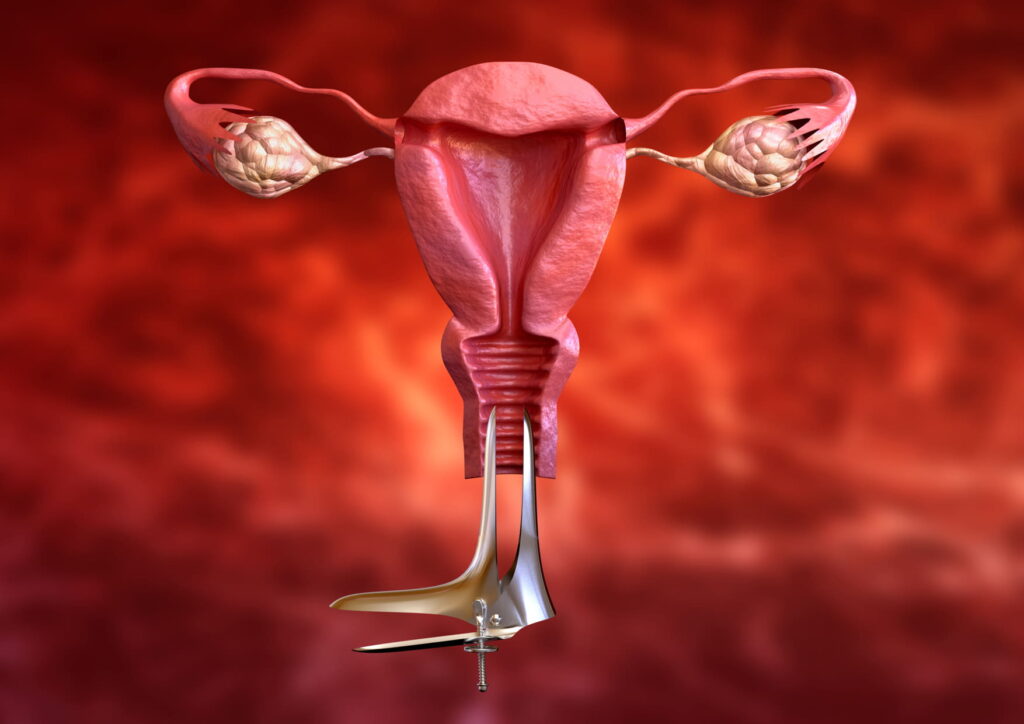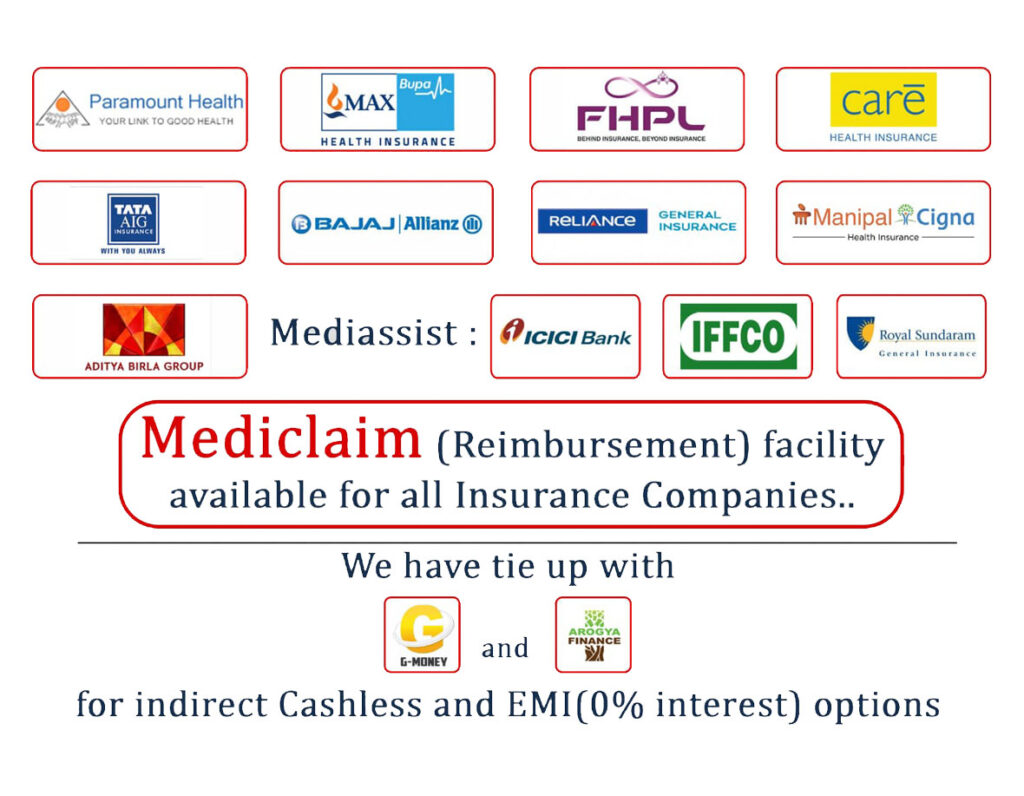

Laparoscopic oncosurgery, as performed by Dr. Maulik Shah in Gota, Ahmedabad, offers significant advantages for gynecological cancer patients compared to traditional open surgery. This minimally invasive approach utilizes small incisions and specialized instruments, allowing for precise removal of cancerous tissues while minimizing trauma to surrounding healthy organs.
From a technical standpoint, laparoscopic oncosurgery involves the use of a laparoscope, a thin tube equipped with a camera and light source, which is inserted through one of the small incisions. This provides Dr. Shah with a magnified view of the surgical site, enabling meticulous dissection and removal of cancerous lesions. Additional instruments are introduced through the remaining incisions to assist in the surgical procedure, such as dissecting, cutting, and sealing tissues as needed.
One of the primary advantages of laparoscopic oncosurgery is the reduced risk of complications associated with traditional open surgery. With smaller incisions, there is less blood loss, lower risk of infection, and faster healing times. Patients often experience less post-operative pain and require shorter hospital stays, facilitating a quicker return to normal activities.
Furthermore, the precise visualization provided by the laparoscope allows Dr. Maulik Shah to spare healthy surrounding tissues, preserving organ function and reducing the risk of post-operative complications. This is particularly important in gynecological cancers where preserving reproductive organs or pelvic floor function is a priority for patients’ quality of life.
From a layman’s perspective, laparoscopic oncosurgery offers patients in Ahmedabad a less invasive and more efficient treatment option for gynecological cancer. Instead of a large abdominal incision, which can be associated with significant pain and longer recovery times, laparoscopic surgery involves several small incisions, resulting in minimal scarring and faster recovery. Patients can expect to return to their daily activities sooner and experience fewer post-operative complications, all while receiving expert care from Dr. Maulik Shah in Gota, Ahmedabad.
Laparoscopic oncosurgery for gynecology is a minimally invasive surgical approach used to treat gynecological cancers such as ovarian, cervical, endometrial, or uterine cancer. In this procedure, a surgeon makes small incisions in the abdomen and inserts a laparoscope—a thin tube with a camera and light—allowing for a magnified view of the pelvic organs.
Using specialized instruments inserted through additional small incisions, the surgeon removes cancerous tissue while sparing healthy surrounding organs. The laparoscope provides detailed visualization, enabling precise dissection and removal of tumors.
Compared to traditional open surgery, laparoscopic oncosurgery offers several benefits:
Overall, laparoscopic oncosurgery is an advanced technique that provides effective cancer treatment with minimal invasiveness and improved patient outcomes.


Laparoscopic oncosurgery is a versatile technique used to treat various gynecologic cancers, including:
In summary, laparoscopic oncosurgery is a valuable approach for the treatment of various gynecologic cancers, offering benefits such as smaller incisions, reduced post-operative pain, shorter hospital stays, and quicker recovery times compared to traditional open surgery. However, the suitability of laparoscopic surgery for each patient depends on factors such as the stage and extent of the cancer, as well as the patient’s overall health and medical history.
Laparoscopic oncosurgery, performed by Dr. Maulik Shah, is a minimally invasive surgical procedure used to treat gynecologic cancers. Here’s an overview of the procedure:
Laparoscopic oncosurgery with Dr. Maulik Shah offers patients a minimally invasive approach to treating gynecologic cancers, with advantages such as smaller incisions, reduced post-operative pain, shorter hospital stays, and quicker recovery times compared to traditional open surgery.




Lifeline Women’s Hospital in Gota offers comprehensive cost and financing options to ensure affordable healthcare access for all patients. The hospital accepts all modes of payment, including cashless facilities, credit cards, and various other payment methods. Additionally, the hospital provides the flexibility of EMI (Equated Monthly Installments) options to further ease the financial burden on patients.
Just like at Lifeline Multispeciality Hospital, the exact cost of your treatment at Lifeline Women’s Hospital will depend on factors such as the specific procedure required, your insurance coverage, and any applicable discounts.
The hospital is affiliated with a wide network of insurance providers, including Aditya Birla Group, Allianz Care Health, Bajaj Allianz, Cigna TTK, E-Meditek, Focus G, HDFC Ergo, and others. This extensive network ensures that patients can access care through their insurance plans with ease.

If you have concerns about the cost of your treatment, you can reach out to the hospital’s billing department for a detailed estimate. Additionally, inquire about their financial assistance programs, which may be available to eligible patients.
Here are some additional tips for financing your healthcare at Lifeline Women’s Hospital in Gota:
By leveraging the various financing options available at Lifeline Women’s Hospital in Gota and communicating with the hospital’s billing department, you can effectively manage the financial aspects of your healthcare while focusing on your well-being and recovery.
Laparoscopic oncosurgery is a minimally invasive surgical technique used to treat gynecologic cancers, involving the removal of cancerous tissues through small incisions in the abdomen using specialized instruments and a camera.
Dr. Maulik Shah is a highly skilled gynecologic oncologist with extensive experience in performing laparoscopic oncosurgery. He specializes in treating gynecologic cancers using advanced surgical techniques.
Laparoscopic oncosurgery can be used to treat various gynecologic cancers, including ovarian cancer, cervical cancer, endometrial cancer, uterine cancer, and fallopian tube cancer.
Benefits of laparoscopic oncosurgery include smaller incisions, reduced post-operative pain, shorter hospital stays, quicker recovery times, and better cosmetic outcomes compared to traditional open surgery.
Eligibility for laparoscopic oncosurgery depends on factors such as the type and stage of cancer, overall health, and medical history. Consultation with Dr. Maulik Shah is necessary to determine candidacy.
Recovery from laparoscopic oncosurgery typically involves minimal discomfort, shorter hospital stays, and quicker return to normal activities compared to traditional open surgery. Dr. Shah provides post-operative care instructions to ensure a smooth recovery process.
While laparoscopic oncosurgery is generally safe, potential risks and complications may include bleeding, infection, injury to surrounding organs, and adverse reactions to anesthesia. Dr. Maulik Shah discusses these risks during the pre-operative consultation.
Depending on the type and stage of cancer, additional treatments such as chemotherapy, radiation therapy, or hormone therapy may be recommended after laparoscopic oncosurgery. Dr. Shah develops a personalized treatment plan based on each patient’s specific needs.
The duration of laparoscopic oncosurgery varies depending on factors such as the type and stage of cancer, the complexity of the procedure, and the patient’s individual characteristics. Dr. Maulik Shah provides an estimated timeline during the pre-operative consultation.
In many cases, laparoscopic oncosurgery is covered by health insurance plans. Patients should check with their insurance provider to determine coverage and any out-of-pocket costs associated with the procedure. Dr. Maulik Shah’s office can also assist with insurance-related inquiries.